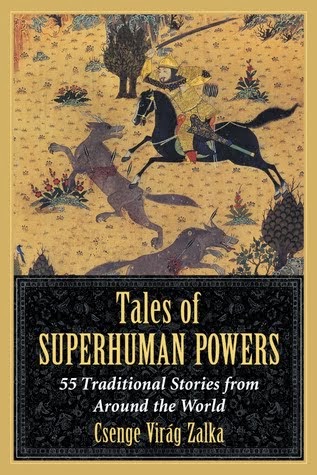From the Winds of Manguito / Desde Los Vientos de Manguito
Cuban Folktales in English and Spanish / Cuentos Folklóricos de Cuba, En Inglés y Español
Elvia Perez
Libraries Unlimited, 2004.
An excellent volume, created with care and attention by a professional storyteller. Elvia Perez picked the stories from her own repertoire, which draws from various oral traditions that have contributed to Cuban culture - indigenous beliefs, Afro-Cuban religions, tales of European and especially Canary Islands origins, and many local flavors from all of those blending together. All stories are presented both in English and Spanish, and the book comes with ample notes, glossaries, a bibliography, historical introduction, Cuban games and rhymes, recipes, color photos, and even black-and-white illustrations drawn in mesmerizing ways. It is a lovely, concise volume to hold in one's hand, and definitely a delight to read.
Highlights
 |
| Oshún is synchretized with the Virgin Mary in Santería traditions |
Among the animal tales, that of the Herons was really lovely. Baby herons set out to find their parents by comparing their song to various other birds' and animals'. In The Headless Dance, animals saved the world from a fighting devil couple (who set fire to everything) by hosting a party where birds danced with their heads under their wings, and telling the devils that they could only join if they agreed to be beheaded... And finally, I loved the story of Kikirkí the Rooster, who saved his owner by fighting Death and chasing her away multiple times until the doctor got there.
Connections
 |
| Yemaya, goddess of the sea, is also portrayed as the Virgin Mary |
The fairy of the river was the local variant of Frau Holle, with the good girl jumping into the river and earning a reward, and the lazy girl following after. Except in this case, the lazy girl was not punished, just threatened, and she changed her ways, becoming friends with her sister and making amends.
Of course there was an animal race in this collection too - this time it was between Ambeco the Deer, and Aguatí the Turtle.
Where to next?
Jamaica, our last stop in the Caribbean!








This collection sounds really good. Earlier generations of my New Orleans family used to vacation in Cuba, I've always felt a connection.
ReplyDelete